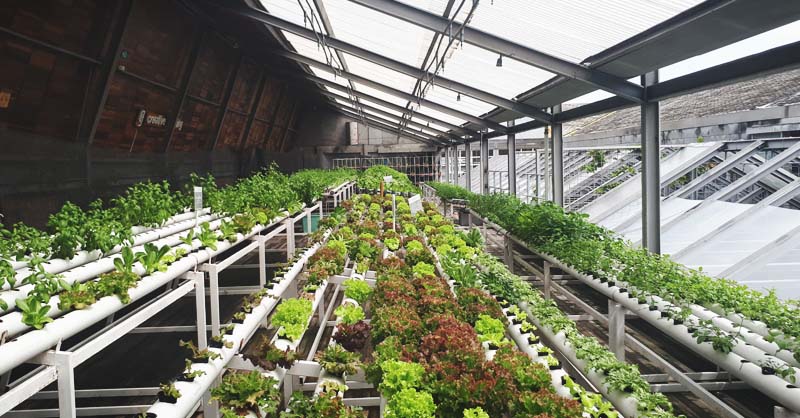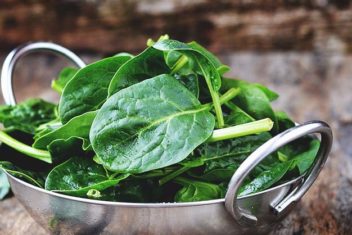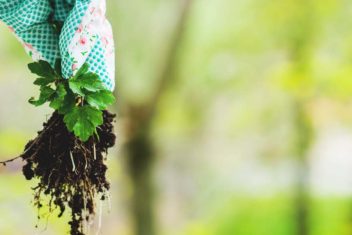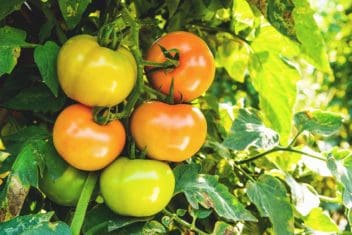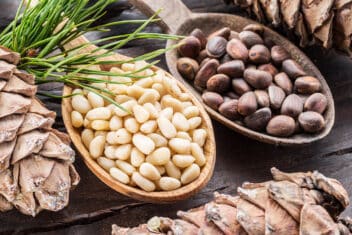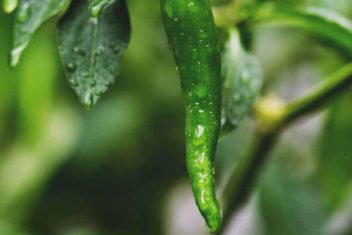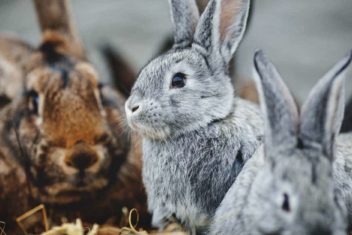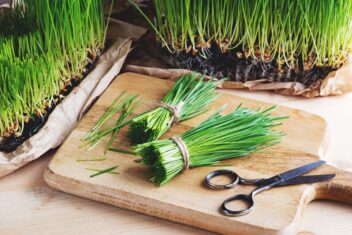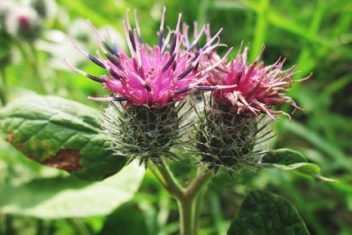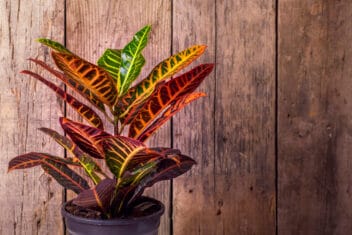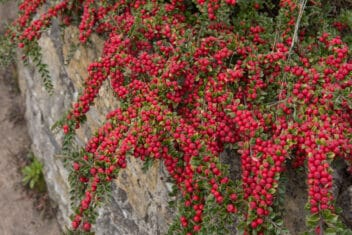Would you like to build a greenhouse? Are you interested in having extended seasons and potentially gardening year-round with a greenhouse garden?
Building a greenhouse or high tunnel can give you this option, but it’s also important you understand how to uses these structures properly.
Although it’s like basic gardening, there are a few extra things you must consider with a greenhouse garden. I’m going to walk you through each step of gardening inside a greenhouse.
This should help you find success if you decide to take the plunge. Here’s what you should know for a greenhouse garden:
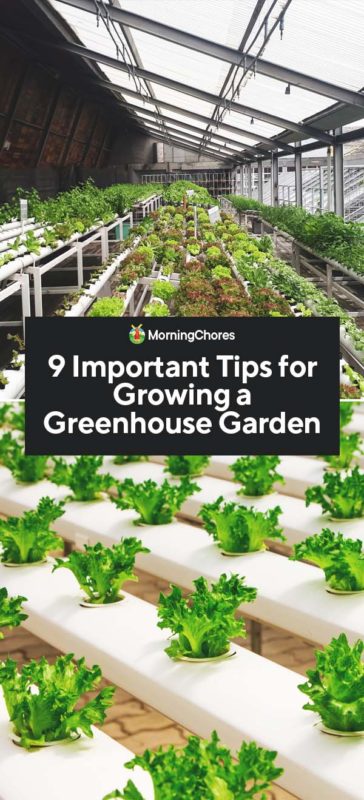
1. Proper Location is Key
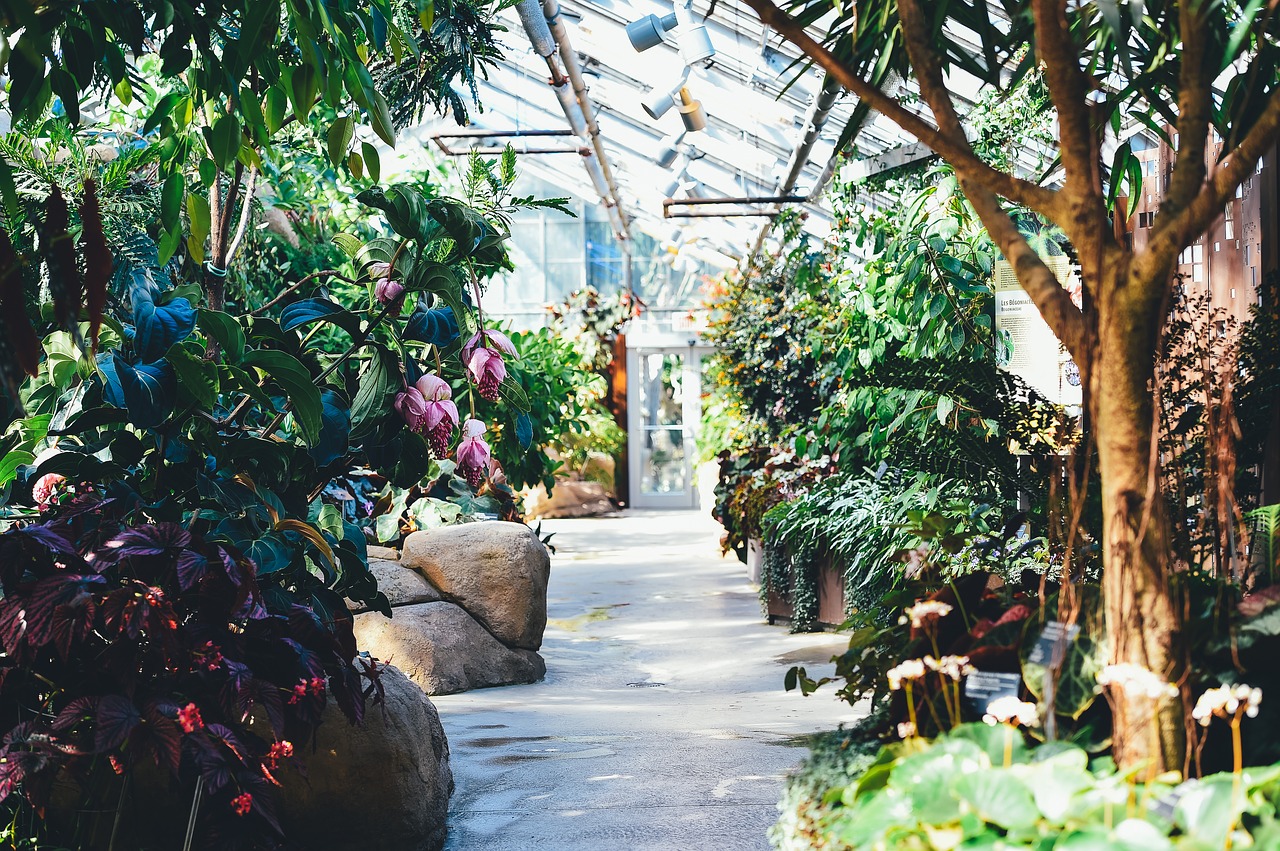
Placing your greenhouse where it will get the most sun is the best location. Ideally, the greenhouse should be south facing.
However, I realize this isn’t possible with every garden or homestead layout. Place it in as sunny of a location as you can on your property.
The more sunlight your plants receive, the more they’ll thrive. Plus, it will help keep the greenhouse warmer during the colder months.
You must also consider the direction of the winds on your property. The greenhouse should be tucked away to where the wind can’t damage it.
The area the greenhouse is placed should have proper drainage. You don’t want a swamp inside of your greenhouse. Make sure the land is sloped so water won’t stand inside of the structure but instead drain away from it.
With all of this being said, you must also consider how you’re going to get water to your greenhouse and electricity (if you’re planning on heating the structure.)
It’s best to place the structure where a water hose and electricity can be easily accessed. Even if you do not want to heat it, having access to lights can be useful.
Convenience should also come into play when deciding on where to place your greenhouse. If it isn’t convenient for you to get to, you won’t go there.
If you don’t go to your greenhouse, your plants won’t survive. Put it in an accessible location where it will become your new favorite spot to hang out.
2. Pots or Inground?
When gardening in a greenhouse, you must decide if you’ll be container gardening, planting directly in the ground, or using raised beds.
I’ve tried every method mentioned when growing in a greenhouse. Most of this will depend upon preference and budget.
If you’re gardening on a budget, you’ll plant in the ground because it’s cheaper. If budget isn’t an issue, it will go back to your preferences.
I prefer to garden in beds or containers in a greenhouse because it’s less labor intensive. I also have better luck growing root crops in containers or raised beds because the soil is much looser.
If you have a preferred gardening method you’re comfortable with, carry it over to your greenhouse. You should also consider planting in a way which will maximize your grow space.
When attempting to grow year-round to cut down on your grocery bill, you may want to consider growing methods which allow you to grow the most in smaller spaces such as square foot gardening or vertical gardening.
3. Watch the Temperatures
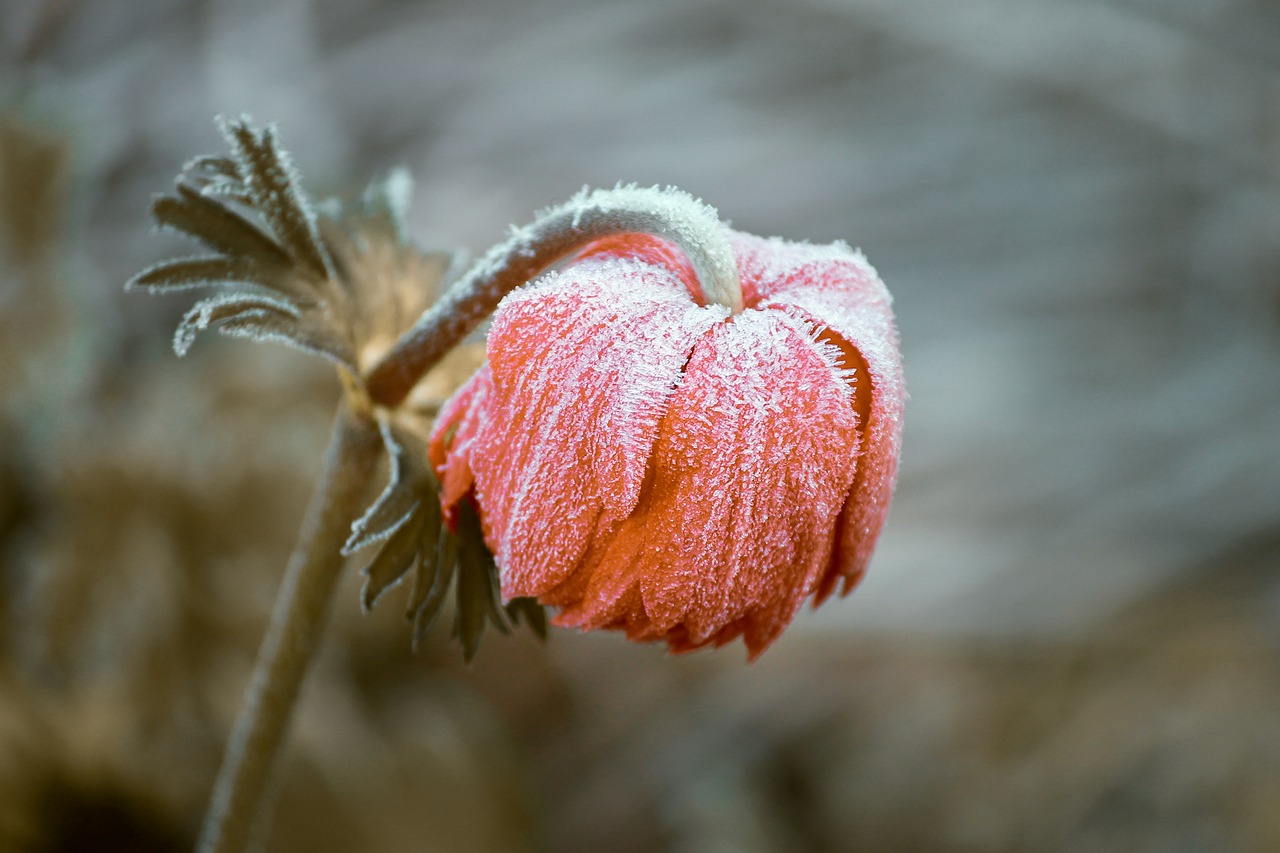
The biggest difference between gardening outdoors and in a greenhouse is the temperature and humidity. You must keep an eye on these factors regularly or your plants won’t thrive.
For instance, when you’re planting ahead of the typical growing season, you run the risk of the plants not receiving enough warmth.
In these cases, it’s important to make sure the greenhouse is sealed up tight to keep the elements from destroying your new crops.
During the warmer months, you need to give the plants air to breathe. In my experience, tomatoes grow beautifully in a greenhouse.
Yet, I must remember to vent the roof, doors, and windows on hot days, or they’ll wilt. Pay attention to the temperature in your greenhouse and your plants will be much happier.
A brilliant hack to create warmth in a greenhouse is hotbed gardening, which is especially useful for starting seeds.
4. Pests? In a Greenhouse?
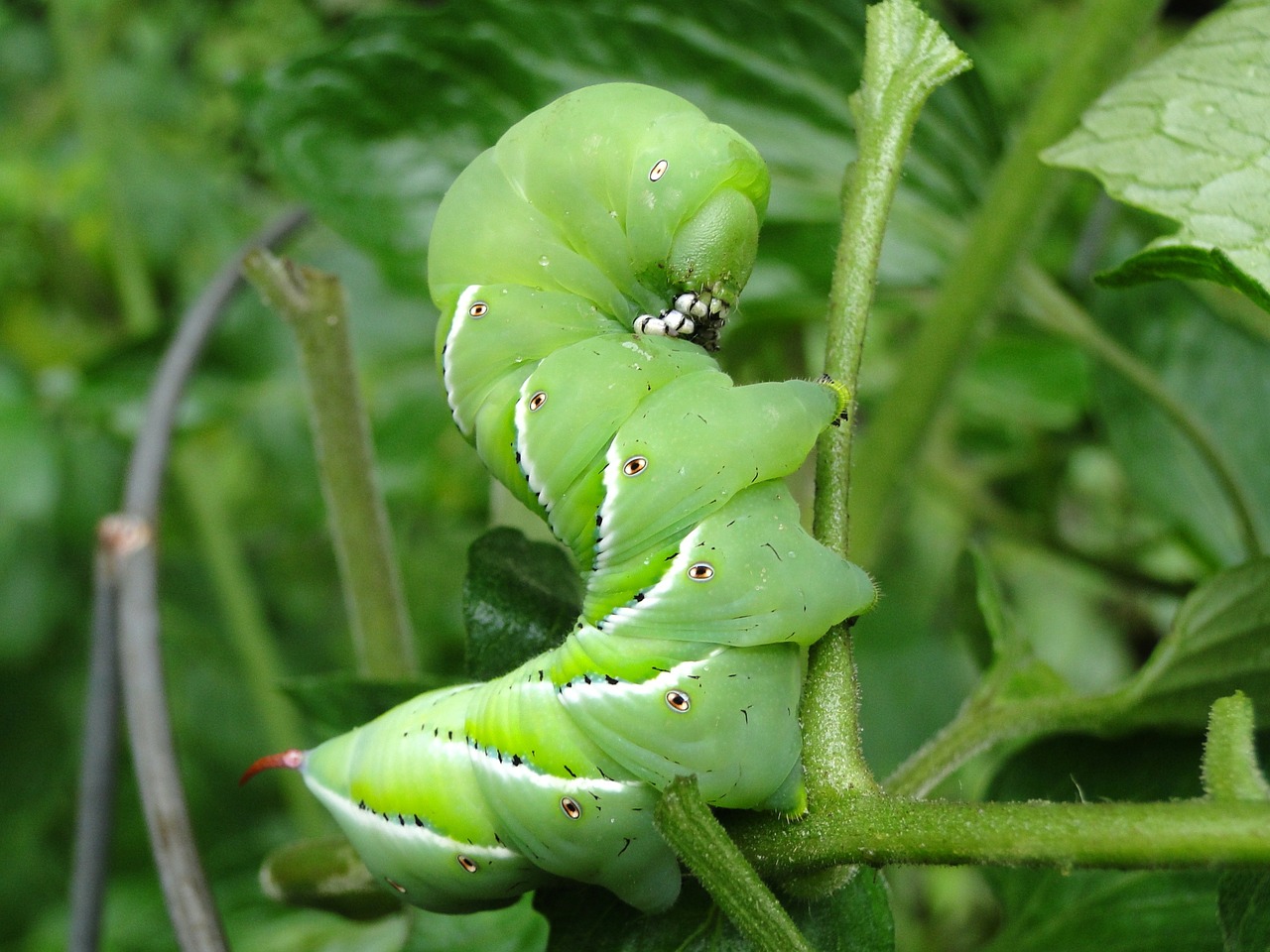
Many people assume when they plant in a greenhouse, they don’t need to worry about pests. Although pests seem to have a harder time locating your plants inside a greenhouse, they will still find them.
Therefore, it’s important to remain on top of your game when controlling pests and weeds. If you allow weeds to take over your greenhouse, it creates more places for pests to live.
By eliminating weeds in your greenhouse and protecting your plants with the same effort as you would if they were planted outdoors, you should be able to avoid giving pests a foothold on your greenhouse garden.
5. Provide Basic Needs
When growing crops in a greenhouse, you must provide their basic needs. It’s important to water your crops deeply and regularly as you would if they were planted anywhere else.
Your greenhouse garden should be fertilized approximately once per month to make sure they have all the necessary nutrients to thrive.
It’s also important to understand plant pollination. Bees usually find their way inside a greenhouse, but make sure (if you don’t see bees) you take it upon yourself to pollinate by hand.
Be sure to amend your greenhouse soil to give your crops a good place to grow. Add mulch as well to help retain moisture from each watering session.
Harvesting your greenhouse garden regularly will help boost your plant’s production. Pruning will also help keep your plants healthy.
6. Think Before You Plant
There are certain plants which do well in a greenhouse. Choosing plant varieties which will thrive in this setting is important to finding success with this style of gardening.
However, it’s equally important to know when to plant these crops. To enjoy an earlier extended growing season, you can plant up to two months earlier than you could outdoors.
For heartier crops (such as spinach) you can direct sow them in your greenhouse. When planting other plant varieties, you may have to start them from seed, which can still be done inside your greenhouse with proper heat.
If the greenhouse is heated, you have the potential of growing crops year-round. Hearty plants may not need additional heat depending upon your planting zone.
The greenhouse is also the best location for starting seeds. Pay attention to your frost dates to make sure you get the seeds started in your greenhouse eight weeks before the frost has moved out and it’s safe to plant outdoors.
7. Know How Much to Plant
When planning a greenhouse garden, you must ask yourself many of the same questions as you would for any garden.
One of the biggest questions is how much do I plant? This will all depend upon your family size, family needs, and grow space.
This number will vary for each situation, but a basic tip is to not plant more than you can use. If your family doesn’t love radishes, don’t plant them.
Utilize the space growing something you’ll enjoy. If your family loves green beans but doesn’t preserve food, either learn to preserve food and plant accordingly or only plant what you can consume.
Adequate space isn’t as much of a hurdle to overcome because there are many gardening methods which can help you maximize your planting space.
By keeping your limitations in mind, it will help you to utilize the space you have effectively.
8. Workable Space and Cleanliness
Does your greenhouse have workable space? Do you want it to have additional space for a potting bench? These are questions you must consider when growing in a greenhouse.
In my case, I don’t leave workable space (beyond basic growing space) in my greenhouse because I’d rather have more room to grow.
However, if you’re someone who doesn’t need so much extra space for year-round gardening, you may prefer a lovely bench inside your greenhouse to enjoy your greenery.
Regardless of the layout you choose for your greenhouse, you must keep it clean. At the end of each season, you must clean up the beds or pots before planting again.
If you choose to have a potting bench or other storage areas in your greenhouse, keep it clean too. The fewer weeds and random soil you have hanging around, the less space you have available for unwanted guests to live in your greenhouse.
This is vital to keeping your plants healthy and thriving.
9. Do I Need to Heat My Greenhouse Garden?
This last point is an important question you should have answered if you’re planning on using your greenhouse for more than starting seeds.
Does your greenhouse need a heat source? This will depend upon the area you stay, if you’re gardening year-round, and what you’re growing.
If you live in a colder climate, your greenhouse will most likely need to be heated. If you’re gardening year-round, depending upon the crops you grow and the area you live, you may or may not need a heat source.
When choosing to grow hearty crops in a warmer climate, you shouldn’t require a heat source. Yet, if you’re trying to grow tomatoes in the middle of winter, you will most likely require a heat source.
Take your planting zone, crops being grown, and time of year into consideration when deciding on whether or not to add a heat source to your greenhouse for gardening purposes.
You now know the gardening basics when it comes to greenhouse gardening. It’s similar to outdoor gardening, but as with any style of gardening, there’s much to consider.
Hopefully, this will give you a starting point and answer some common questions when choosing to create a greenhouse garden.
Good luck with your greenhouse gardening ventures, and we hope you find great success in growing more of your own food for a longer period.

